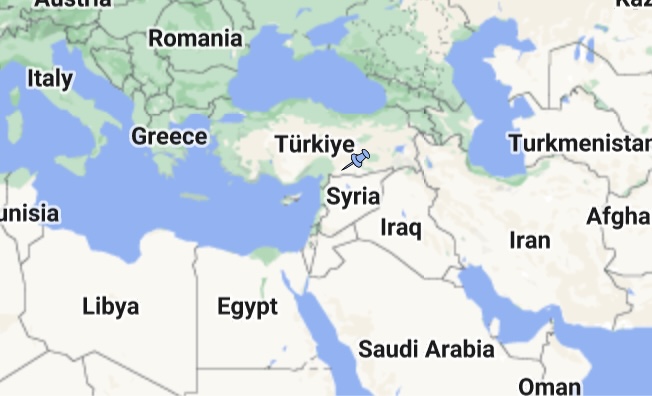Turkey and Syria suffer earthquake disasters
Earthquake along the Turkey and Syria boarder.
A 7.8 magnitude earthquake occurred in southern Turkey and along the border of northern Syria, marking the most devastating earthquake to hit Turkey in more than 20 years, on Feb. 6, 2023. Nine hours later, a 7.5 magnitude earthquake occurred approximately 59 miles to the southwest of Turkey’s Gaziantep province.
Two more earthquakes hit southern Turkey, one on Feb. 20 at a 6.4 magnitude and the other on Feb. 27 at a 5.6 magnitude. In an interview with the Center of Disaster Philanthropy, “new earthquakes are among the worst-case scenarios for the region because they could impact humanitarian needs and the ability to meet them,” Turkey’s Disaster and Emergency Management Authority said.
“The fault line [in Turkey] is called the Anatolian Fault. There is a North Anatolian Fault and an East Anatolian Fault,” Natalie DelloBuono, AICE Marine and AICE Environmental teacher said. “Turkey has been experiencing earthquakes for thousands of years due to the geology of the land and is likely to happen again.”
Earthquakes begin below the Earth’s surface at the hypocenter. As underground rock suddenly breaks up causing rapid motion along the fault plane, the seismic waves cause the ground to shake. Turkey lies in an area where three tectonic plates meet, making Turkey prone to earthquakes.
“Earthquakes occur due to plate movement along boundaries or volcanic eruptions,” DelloBuono said. “Plate boundary types are convergent, divergent and transform which all cause earthquakes.”
The earthquakes killed at least 45,000 people, rendered 1.5 million people homeless and caused damage estimated at $34 billion. On Feb. 16, the United Nations launched a $1 billion appeal to provide assistance throughout April to 5.2 million people in Turkey.
“Financial support is one of the best things to do in a case like this,” Hunter Devries, junior, said.
“Typically, the columns and the beams are concrete,” Jonathan Stewart, a civil engineer and engineering professor at the University of California, Los Angeles said in an interview with NPR. “And then there’s kind of a masonry infill block inside these frames, which falls apart very quickly when the shaking begins.”
“The main problem is at both the bottom and at the center of the buildings. Also, the materials used to build those buildings were likely not up to code,” Devries said. “Hopefully they can rebuild Turkey and provide stronger buildings.”
Antony Blinken, U.S. Secretary of State, announced on Feb. 19 the U.S. will fund $100 million in disaster relief aid for Turkey and Syria.











